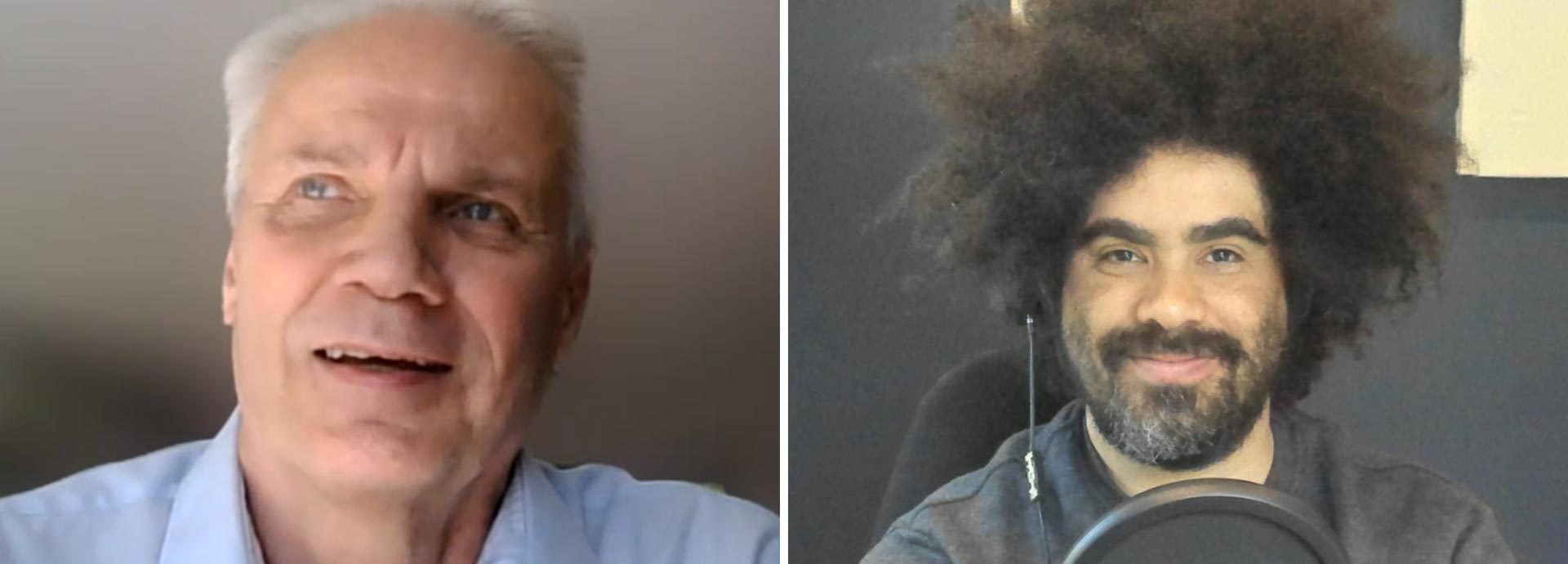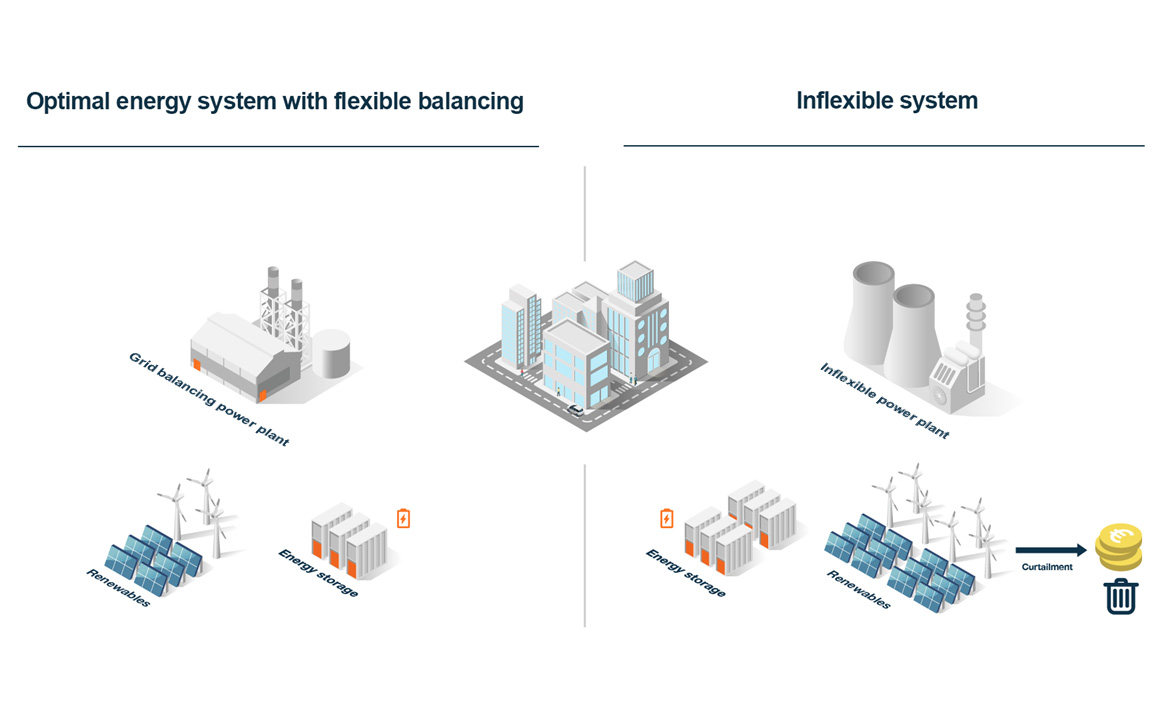


The key finding of the IPCC’s Special Report on Global Warming of 1.5°C was that by 2030, in order to reach net zero by around 2050, net human-caused carbon dioxide emissions would need to fall by about 45 per cent from 2010 levels.
Jussi Heikkinen, Director of Growth & Development at Wärtsilä Energy in the Americas, has 40 years of experience in the energy sector. If anyone has the insight for painting the big picture of what future energy systems
should look like, and how we can get there, it’s him.
What are the first steps to take?
We need an energy system that makes maximum use of renewables and which can operate reliably at all times. But instead of waiting for new technologies, we can build a system with what we already have, so long as it is based on a well-thought out plan.
Today there are strong modelling tools, which through the help of supercomputers can tell us what an optimal power system should look like.
The main goal should be to increase renewables and ramp down fossil fuel power plants. At the same time, we must make sure that we can ensure the security of the electricity supply under all conditions, while still producing minimal carbon emissions.
Why couldn’t we just remove fossil fuels entirely right now?
The answer is that the energy systems can’t handle such a change yet. In many countries, more than half of all the electricity is produced from large inflexible coal plants. To be able to switch completely to renewables, we have to build sufficient
capacity in renewables, energy storage, and flexible gas power plants to produce electricity reliably in all situations. If we act decisively, we can close coal plants within the next 10 years, but we can’t suddenly simply ban fossil fuels
outright, as it would affect the welfare of society. Instead, we need a good plan to carry it out.
What if we just increase solar and battery fleets so that the storage will never become drained, regardless of the weather? It’s technically possible, but it would lead to overbuilding and excessive costs. The solution here is to use flexible
gas power plants as they emit 50% fewer emissions than a coal plant. At the same time, energy storage provides highly flexible power, but only until being discharged. So, what do we do? The solution is to use battery storage along with flexible
gas power plants. This combination provides the necessary firm capacity for the system, and what’s more important, can go on-line and off-line in just a matter of minutes.
If the sun shines, you switch off the flexible gas plants and use solar generation, which charges the batteries. When the sun doesn’t shine and there are just calm winds, you first use power from the energy storage system, and when it runs out,
switch over to the flexible gas power plants. With this arrangement, the power plants are always used last, not first!
By balancing renewables together with battery storage, this system will ensure reliable output in all scenarios. As the share of renewables then increases, we could rely solely on renewables to a much larger extent in the coming years. It will maybe take 20 years before you can cover the entire load with them, but in the meantime, the remainder of the power must be produced reliably and sustainably.
What needs to happen to reach a 100% sustainable energy system?
When the system has enough renewables to produce all the required electricity, and has enough storage capacity to deploy that electricity without interruptions, the final step is to then for the gas power plants to switch to using renewable fuels,
such as green hydrogen. Power systems and power plants would at this point be completely carbon neutral, and the use of fossil fuels would have ended. In this case, we would only be using wind and solar, while storing their energy in batteries.
When the system would be close to being drained, for example during the night, you would then start up the hydrogen power plants until the sun rises. Batteries are a good short-term solution, but flexible power plants and renewable fuels provide
the best long-term solution. So there will still be fuel used in the future, but those fuels will be sustainable as well.
This might all be somewhat hard to understand, but Wärtsilä’s modelling software can provide support in analysing a staggering amount of data. This software can compute 30 years into the future, hour by hour, to produce a detailed plan on how to make the transition happen in the best possible way. For example, we can analyse and see what a country’s optimal capacity mix should look like, where all the plants should be located, and how the country can reach their 2030 and 2050 climate targets. And all of this while minimising blackouts and costs. Ultimately, this will give decision-makers a reliable plan on how to transition to a 100% renewable future.
The energy system of the future consists of wind, solar and power plants, coupled with short- and long-term energy storage.
What does the future energy system look like?
The energy system of the future consists of wind, solar and power plants, coupled with short- and long-term energy storage. They will all be working in unison in an optimised power system to deliver electricity during any type of weather, during all
seasons of the year, and without interruptions. Natural gas would be needed to ensure the security of supply and to make the transition happen, but it must be used cleverly.
The cost of decarbonised energy does not have to be more expensive either, as the costs for renewables have declined rapidly and are expected to keep going down as well. But this is, of course, only the case if there is a smart plan in place. The governments of the world need to create good strategies and the right regulations. If money is invested in a smart way, this vision really is viable and very possible. No gimmicks or non-existent technologies are involved, it is just a case of building such a system.




